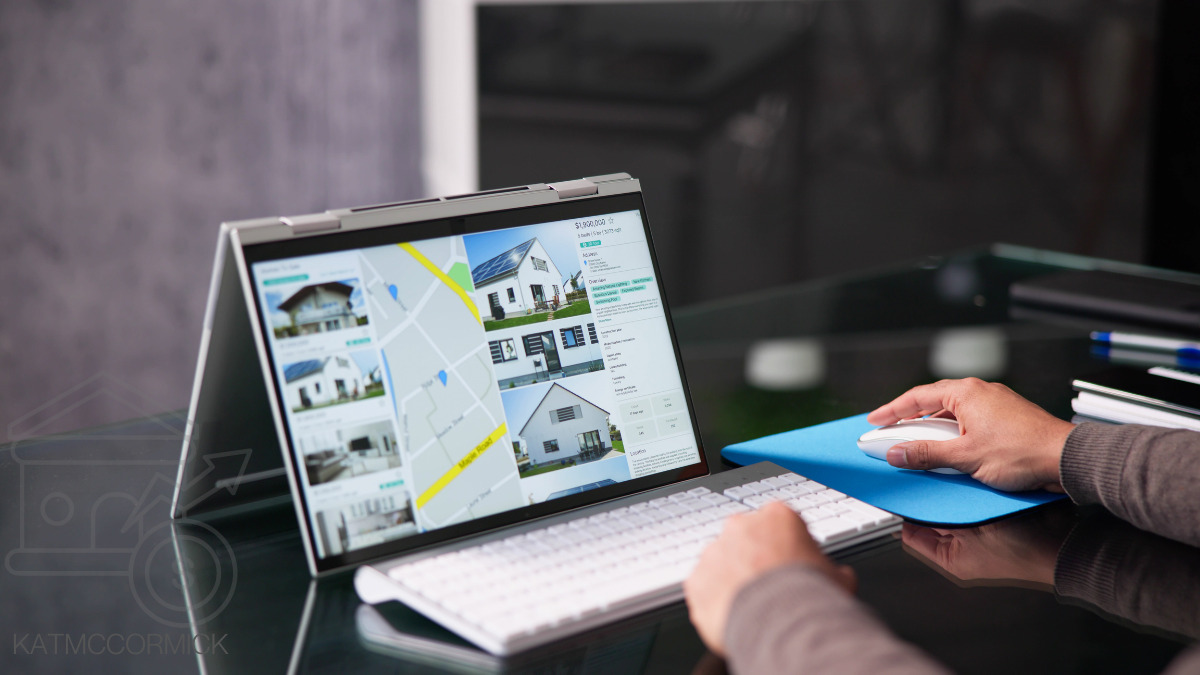If you are a rental property manager serious about keeping your homes in good condition and your tenants happy, you must perform comprehensive inspections. Everything from pre-inspection planning to post-inspection paperwork is covered in detail in this detailed guide to rental property inspection. In this post, you will find the information and resources that any property manager, whether novice or experienced, needs to carry out inspections in a timely and professional manner.
Key Takeaways:
- Keeping up with property inspections is essential for keeping tenants happy and preserving property value.
- The key to a successful inspection is a lot of preparation, like giving tenants plenty of notice and collecting all the tools you’ll need.
- The inspector must check all exterior and interior features, as well as the functionality of all appliances and utilities, during the course of the inspection.
- Successful rental property inspections need thorough documentation of findings, rapid resolution of maintenance issues, and clear communication with tenants.
1. Understanding the Importance of Property Inspections
Importance of Regular Inspections
Preventing expensive repairs in the future is possible with routine inspections that catch maintenance problems early.
Ensuring Tenant Satisfaction
You may increase tenant happiness and loyalty by quickly resolving their complaints.
Legal Compliance
It is crucial to have a property inspector check the property for safety issues and to make sure it complies with local housing codes.
2. Preparing for the Inspection
Notify Tenants in Advance
In order to respect the privacy and schedule of tenants, it is important to give them enough warning before conducting inspections.
Gather Necessary Equipment
Get out your trusty flashlight, camera, and inspection checklist; you never know when you might need them.
Review Tenant Concerns
Make sure to address any specific concerns that tenants may have throughout the inspection by making note of them.
3. Conducting the Inspection
Exterior Inspection
Look for damage or wear and tear on the roof, siding, and landscaping as you go around the outside of the house.
Interior Inspection
Check for problems like mold, leaks, and damaged walls and flooring by carefully inspecting each area.
Testing Appliances and Utilities
Make that the HVAC system, plumbing, and electrical outlets are all in good working order by testing them.
4. Documenting Findings
Use a Detailed Checklist
Make methodical use of a thorough checklist to record your findings.
Take Photographs
For visual documentation purposes, it is recommended to take images of any faults or concerns that are discovered during the inspection.
Note Tenant Feedback
Make note of any comments or issues tenants may have during the inspection so you can address them later.
5. Addressing Maintenance Issues
Prioritize Repairs
Determine which repairs are most pressing and how they may affect the safety and comfort of the tenants.
Communicate with Contractors
In order to handle maintenance concerns efficiently, it is important to coordinate repairs with qualified contractors swiftly.
Follow-Up Inspection
To be sure the repairs were done right, set up a follow-up inspection.
6. Communicating with Tenants
Provide Feedback
Notify tenants of the results of the inspection and any steps that need to be taken to address them.
Address Tenant Concerns
After the inspection, respond to any further questions or concerns the tenants may have.
Establish Open Communication
Foster a pleasant landlord-tenant relationship by encouraging open communication with tenants.
Frequently Asked Questions
How often should rental property inspections be conducted?
In most cases, landlords are required by law or the terms of the lease to do inspections of their rental properties every six to twelve months.
Can tenants refuse to allow property inspections?
Despite tenants’ right to privacy, most leases have inspection provisions that permit property managers to conduct inspections at prearranged intervals.
Who is responsible for maintenance and repairs identified during inspections?
Repairs and upkeep are usually the responsibility of the property manager, unless otherwise stated in the lease.
What should property managers do if they discover unauthorized alterations or subletting during an inspection?
Unauthorized changes or subletting should be addressed by property management in accordance with the lease agreement, which may involve sending warnings or starting eviction procedures.
Conclusion
Keeping your rental properties in good repair, keeping your tenants happy, and staying in compliance with rules all depend on thorough inspections. Landlords and tenants alike can reap the benefits of comprehensive inspections conducted by property managers that adhere to the best practices and follow the specified procedures.
- Key Strategies to Mitigating risks in Rental Property Investments
- The Essential Role of Property Management Companies
- The Ultimate Guide to Handling Evictions and Tenant Conflicts
- The Hidden Impact of Taxes and Insurance Costs
- Protect Your Property: Essential Practices for Effective Tenant Screening

